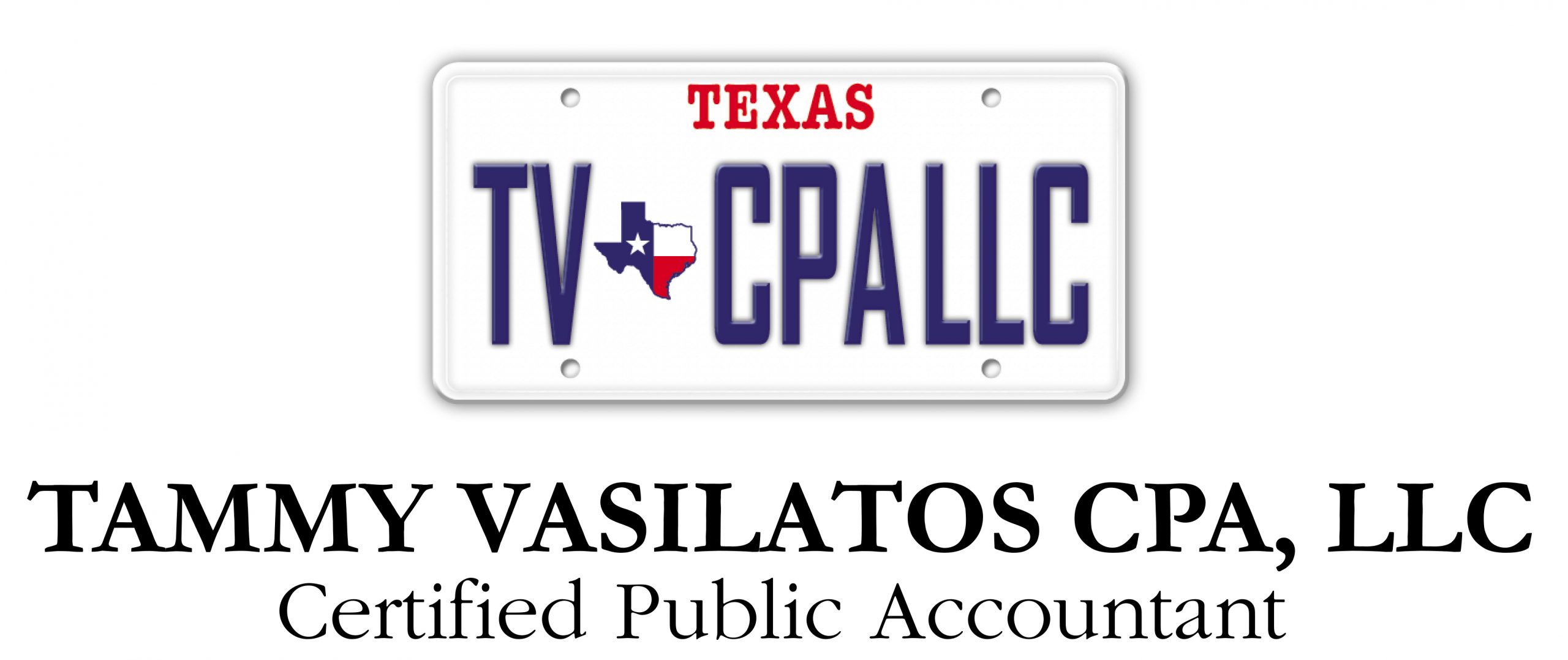After decreasing two years in a row, the rate by which taxpayers may compute their deductions for costs of using an automobile for business purposes will go up to 58.5 cents per mile for the 2022 tax year, an increase of 2.5 cents per mile over the 2021 rate.
Notice 2022-03, in which the IRS announced the update on Friday, also provides the standard mileage rate for use of an automobile for purposes of obtaining medical care under Sec. 213, which will be 18 cents per mile, up 2 cents from 2021. The rate for providing services to a charitable organization remains the same, set by statute at 14 cents per mile (Sec. 170(i)).
The same rate as for medical care, 18 cents per mile, also applies to the deduction for moving and storage expenses under Sec. 217(g) by members of the armed forces on active duty who move pursuant to a military order and incident to a permanent change of station.
Taxpayers may use the business standard mileage rate for their use of an automobile as an ordinary and necessary business expense. Or they may claim actual allowable expense amounts if they substantiate the expenses, including by maintaining adequate records or other sufficient evidence.
The Tax Cuts and Jobs Act (TCJA), P.L. 115-97, suspended for tax years 2018 through 2025 the miscellaneous itemized deduction under Sec. 67 for unreimbursed employee business expenses, including those incurred in the use of an automobile. However, the business standard mileage rate can still be used during this period as the maximum amount an employer can reimburse an employee for operating an automobile for business purposes without substantiating the actual expense incurred.
The portion of the business standard mileage rate that is treated as depreciation for purposes of calculating reductions to basis will be 26 cents per mile for 2022, the same as for 2021.
Notice 2022-03 also provides the maximum standard automobile cost under a fixed-and-variable-rate (FAVR) plan of $56,100 for automobiles (including trucks and vans), up $5,000 from 2021. Under a FAVR plan, a standard amount is deemed substantiated for an employer’s reimbursement to employees for expenses they incur in driving their vehicle in performing services as an employee for the employer. The same amount also applies as the maximum fair market value of automobiles (including trucks and vans) first made available in calendar year 2022 for purposes of the fleet-average valuation rule in Regs. Sec. 1.61-21(d)(5)(v) and the vehicle cents-per-mile rule under Regs. Sec. 1.61-21(e).
The rates (other than for charitable mileage) are determined as the result of an annual study by an independent contractor that analyzes fixed and variable costs of operating an automobile, the notice stated.
— To comment on this article or to suggest an idea for another article, contact Paul Bonner at Paul.Bonner@aicpa-cima.com.


